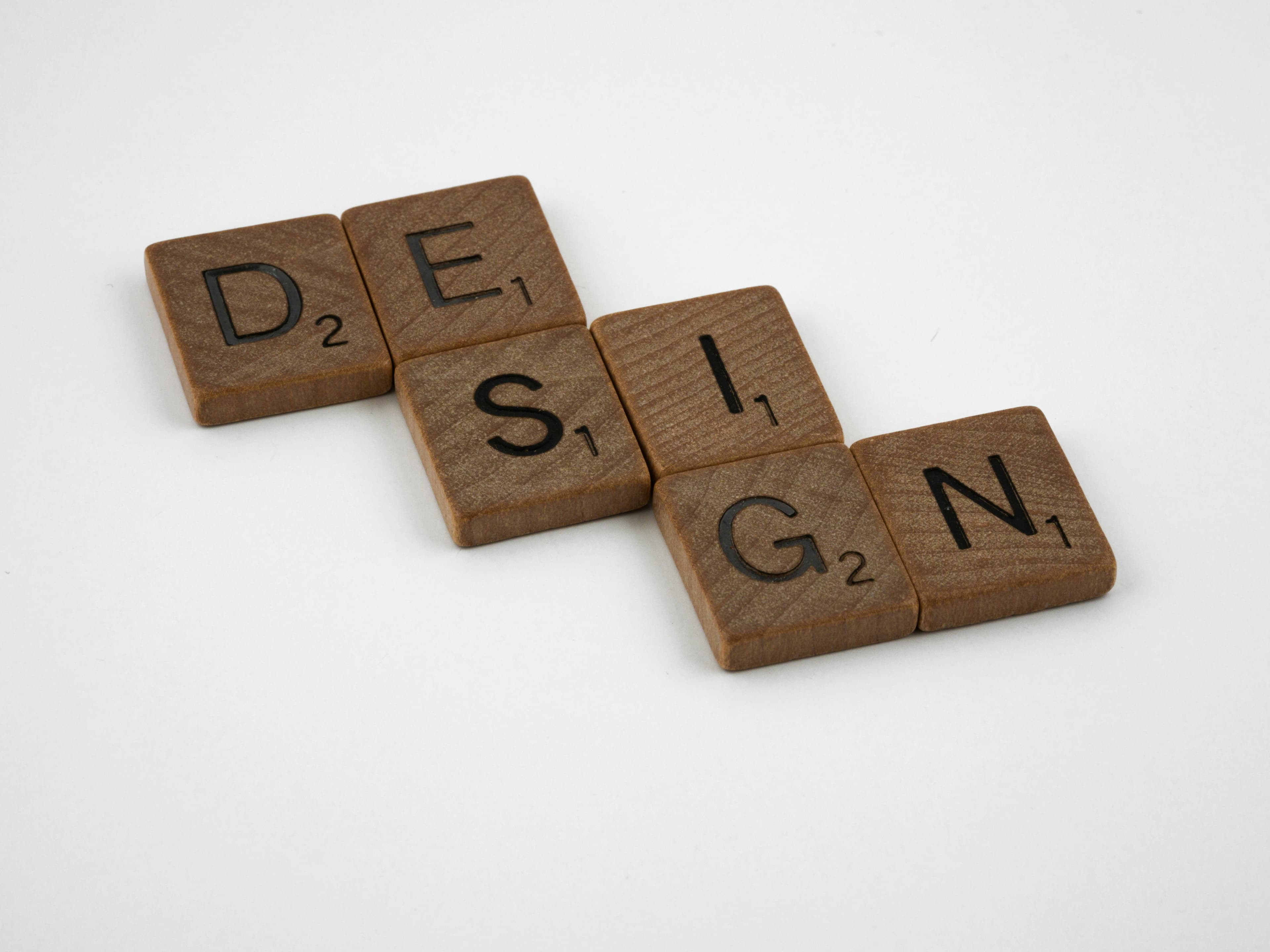
The Foundation of Consistent Design
Design systems have become the backbone of modern product development, enabling teams to create consistent, scalable, and maintainable user interfaces. A well-crafted design system is more than just a component library—it's a living document that evolves with your organization and design needs.
What Makes a Great Design System?
A successful design system serves as a single source of truth for design decisions, providing both designers and developers with the tools they need to create cohesive experiences.
Core Components of a Design System:
- Design tokens: Centralized values for colors, typography, spacing, and more
- Component library: Reusable UI components with clear documentation
- Pattern library: Common interaction patterns and user flows
- Guidelines: Clear rules for when and how to use components
- Tools: Design and development tools that support the system
Design Tokens: The Building Blocks
Design tokens are the atomic elements of your design system—colors, typography, spacing, shadows, and other visual properties that define your brand's visual language.
Essential Design Tokens:
- Color tokens: Primary, secondary, semantic, and neutral colors
- Typography tokens: Font families, sizes, weights, and line heights
- Spacing tokens: Consistent spacing scale (4px, 8px, 16px, etc.)
- Border radius tokens: Standardized corner radius values
- Shadow tokens: Elevation and depth indicators
Token Naming Conventions:
// Good naming
color-primary-500
color-error-100
spacing-xs
spacing-lg
font-size-heading-1
font-weight-bold
// Avoid generic names
color-blue
spacing-small
font-large
Component Architecture
Components are the reusable building blocks that make up your interface. A well-designed component should be flexible, accessible, and easy to understand.
Component Design Principles:
- Single responsibility: Each component should have one clear purpose
- Composition over inheritance: Build complex components from simple ones
- Props over configuration: Use props to customize behavior
- Accessibility first: Build accessibility into every component
- Documentation: Clear examples and usage guidelines
These principles are especially important for mobile design where components need to work across different screen sizes and interaction methods.
Component Categories:
- Atoms: Basic building blocks (buttons, inputs, icons)
- Molecules: Simple combinations (search bars, form fields)
- Organisms: Complex sections (headers, navigation, forms)
- Templates: Page layouts and structure
- Pages: Specific instances of templates
Documentation and Governance
Comprehensive documentation is crucial for adoption and maintenance of your design system. This process benefits from effective collaboration tools that enable teams to work together seamlessly while maintaining version control and clear communication channels. Proper documentation also ensures that accessibility standards are consistently applied across all components.
Essential Documentation:
- Component API: Props, variants, and usage examples
- Design guidelines: When and how to use each component
- Accessibility notes: Screen reader support and keyboard navigation
- Code examples: Implementation in your tech stack
- Design files: Figma, Sketch, or other design tool files
Governance Process:
- Review process: How changes are proposed and approved
- Version control: Managing updates and breaking changes
- Deprecation policy: How to handle outdated components
- Contribution guidelines: How team members can contribute
Implementation Strategies
Successfully implementing a design system requires careful planning and ongoing maintenance.
Implementation Phases:
- Audit existing designs: Identify patterns and inconsistencies
- Define design tokens: Establish your foundational values
- Build core components: Start with the most commonly used elements
- Create documentation: Document everything clearly
- Train your team: Ensure everyone understands how to use the system
- Iterate and improve: Continuously refine based on usage
Technology Considerations:
- Design tools: Figma, Sketch, or Adobe XD for design files
- Development tools: Storybook for component documentation
- Design tokens: Tools like Style Dictionary or Theo
- Version control: Git for tracking changes
- Automation: CI/CD for testing and deployment
Measuring Success
A design system's success can be measured through various metrics that demonstrate its value to the organization.
Key Metrics:
- Adoption rate: Percentage of projects using the design system
- Component usage: Which components are most/least used
- Development velocity: Time saved in development
- Design consistency: Reduction in design variations
- Maintenance overhead: Time spent maintaining the system
Qualitative Benefits:
- Faster prototyping: Reusable components speed up design
- Better collaboration: Shared language between designers and developers
- Improved accessibility: Built-in accessibility standards
- Brand consistency: Unified visual language across products
Common Pitfalls to Avoid
Even well-intentioned design systems can fail if common mistakes aren't avoided.
Common Mistakes:
- Over-engineering: Creating components that are too specific or complex
- Poor documentation: Unclear guidelines that lead to inconsistent usage
- Lack of governance: No process for managing changes and updates
- Ignoring feedback: Not listening to users of the design system
- Inflexible components: Components that can't adapt to different use cases
Best Practices:
- Start small: Begin with essential components and grow gradually
- Involve stakeholders: Get input from designers, developers, and product managers
- Regular reviews: Schedule periodic audits and updates
- User feedback: Collect feedback from design system users
- Flexible architecture: Design components to handle edge cases
The Future of Design Systems
As technology evolves, design systems are becoming more sophisticated and integrated into development workflows.
Emerging Trends:
- AI-powered generation: Automated component creation and optimization
- Design-to-code: Seamless translation from design to implementation
- Real-time collaboration: Multiple team members working simultaneously
- Performance optimization: Built-in performance monitoring and optimization
- Cross-platform consistency: Unified systems across web, mobile, and desktop
Conclusion
A well-crafted design system is an investment that pays dividends in consistency, efficiency, and team productivity. While building a design system requires upfront effort, the long-term benefits make it an essential tool for any organization serious about creating great user experiences.
"A design system is not a project. It's a product serving products." - Nathan Curtis
The key to success is starting with a clear vision, involving the right stakeholders, and maintaining the system as a living, breathing part of your design and development process. With the right approach, your design system will become the foundation for creating exceptional user experiences at scale.


